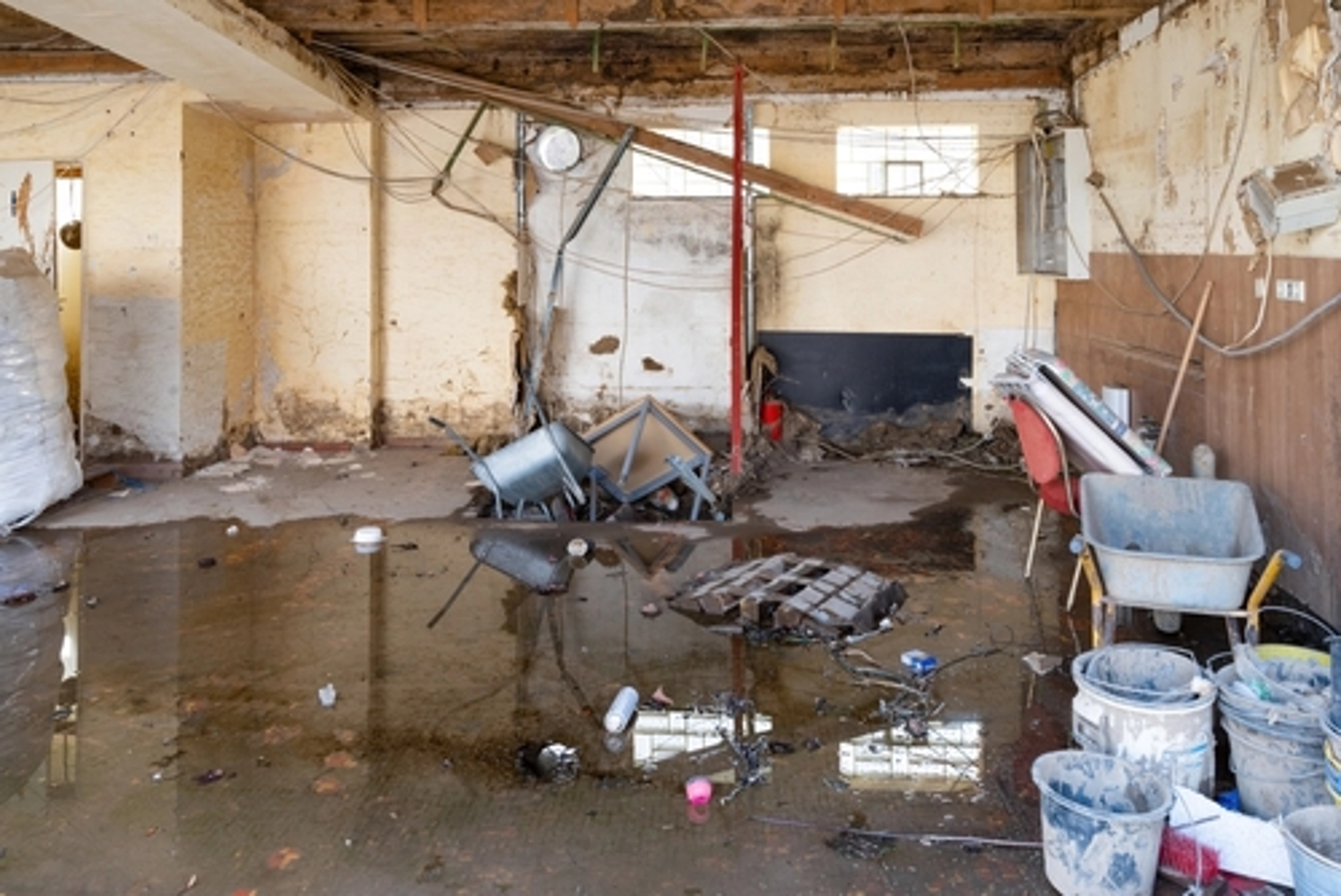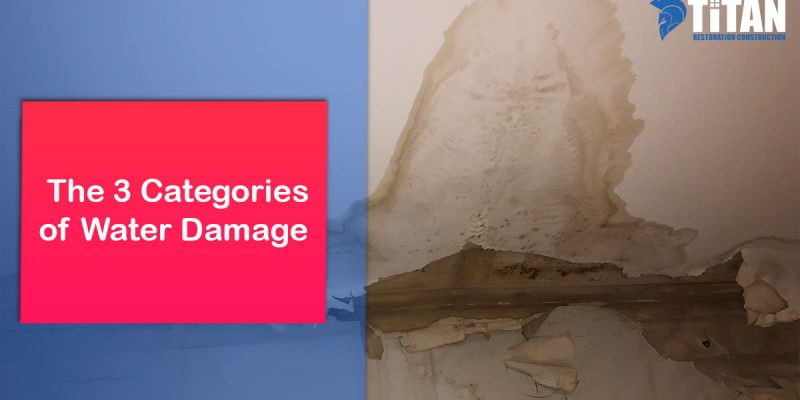24/7 Emergency Water Damage Restoration Services for Urgent Needs
The Process of Water Damages Clean-up: Ensuring Your Home Is Restored Effectively
Water damages can be a daunting challenge for property owners, requiring a organized and thorough cleanup procedure to restore security and functionality. damage restoration services. Following this, effective water removal techniques play a pivotal function in minimizing further injury.
Evaluating the Damages
Upon finding water damages, the very first step is to extensively examine the extent of the effect. This initial examination is important, as it aids establish the needed actions for reliable clean-up and reconstruction. Begin by examining the influenced areas, including walls, ceilings, floorings, and personal valuables, to recognize the resource of the water breach, whether from flooding, leakages, or condensation.
Recording the damages is essential for both insurance coverage claims and intending repair efforts - damage restoration services. Usage pictures and composed notes to catch the intensity of the damage, keeping in mind any afflicted structural aspects and materials. Pay special interest to areas that may not be immediately noticeable, such as behind wall surfaces and under carpetings, as concealed wetness can lead to additional problems, consisting of mold and mildew growth
In addition, examine the timeline of the water direct exposure. The longer the materials continue to be damp, the greater the potential for damages. Comprehending the period of direct exposure will notify the necessity of removal initiatives. Ultimately, a comprehensive assessment lays the groundwork for a successful water damages cleaning process, making sure that all affected areas are dealt with properly and extensively.
Water Extraction Techniques

Experts usually employ completely submersible pumps for larger quantities of water, which can rapidly relieve flooding in cellars or other influenced areas. For smaller sized quantities, wet/dry vacuums are often made use of to extract recurring moisture from carpetings and hard surfaces. In addition, utilizing portable extractors permits targeted elimination in constrained rooms or locations with delicate materials.
In instances of infected water, such as sewer or floodwater, advanced removal methods might include using biohazard devices to make certain safety and compliance with health and wellness laws. High-powered removal tools are essential in minimizing water retention in architectural materials, which can bring about mold and mildew growth and structural damage otherwise resolved quickly.
Ultimately, the efficiency of water extraction strategies plays an essential function in the overall success of the water damage cleanup process, laying the groundwork for succeeding restoration initiatives.
Drying and Dehumidification
When standing water has actually been successfully extracted, the next crucial stage in the water damages cleaning process is drying out and dehumidification. This action is necessary to protect against more damages and mold and mildew growth, which can occur within 24 to 48 hours in damp environments.
To achieve effective drying out, specific equipment such as industrial-grade air moving companies and dehumidifiers is utilized. Air moving companies flow air across damp surface areas, boosting evaporation rates, while dehumidifiers minimize humidity levels in the air, advertising a helpful atmosphere for drying. The mix of these tools makes certain that wetness is attracted out from floors, furnishings, and wall surfaces, permitting them to dry extensively.
It is very important to keep track of the drying out process carefully. Specialists commonly use wetness meters to analyze the moisture material in numerous products, guaranteeing that all influenced areas reach acceptable dry skin degrees. This meticulous strategy helps to stop surprise moisture pockets that might cause architectural damage or unhealthy mold development.

Cleansing and Sanitizing
After the drying and dehumidification phase is complete, the next vital action in water damage cleanup is cleaning up and sterilizing the impacted areas. This process is important to stop the development of mold and mildew, microorganisms, and various other virus that grow in damp environments.
The cleaning phase normally entails removing any type of particles, dust, and impurities from surfaces making use of specialized cleaning representatives. For tough surface areas, a combination of soap and water or industrial cleansing products is commonly utilized. Soft materials, such as upholstery and carpetings, might need much more substantial cleaning methods, consisting of heavy steam cleaning or deep extraction strategies, to make sure complete cleanliness.

Sanitizing adheres to cleaning, making use of EPA-approved anti-bacterials to eliminate harmful bacteria. This step is essential, especially in areas that might have come into call with floodwaters or sewage, as these sources can pose significant health and wellness dangers.
Additionally, it is very important to resolve any type of remaining smells, which may call for the usage of odor neutralizers or like it advanced strategies like ozone therapy. Proper cleansing and sanitizing not just restore the safety and security and hygiene of your home yet also prepared for successful repair and repairs in succeeding phases of the water damage clean-up procedure.
Restoration and Repair Services

As soon as the assessment is full, remediation efforts can begin. In addition, floor covering might need similar focus, depending on the level of water direct exposure.
It is vital to engage skilled restoration specialists throughout this process, as they have the expertise to take care of complicated repair work properly. Moreover, they can assist mitigate possible future issues, such as mold and mildew growth or architectural instability, therefore guaranteeing a secure and habitable living environment. Inevitably, efficient reconstruction and repair services restore the home's honesty and enhance its total value.
Final Thought
Finally, the procedure of water damages clean-up is essential for bring back a home to its pre-damage problem. Each phase, from analyzing the damage to carrying out effective water extraction strategies, followed by detailed drying, disinfecting, and necessary repair services, plays a vital duty in ensuring security and conformity with building requirements. Reliable implementation of these steps not only alleviates prompt damages but likewise improves the lasting honesty and value of the property.
Water damages can be a daunting challenge for property owners, requiring a precise and structured clean-up procedure Learn More to bring back safety and capability. Ultimately, a detailed analysis lays the foundation for an effective water damage cleanup process, ensuring that all impacted locations are attended to efficiently and extensively.
Reliable water extraction methods are necessary in minimizing damages and protecting against more difficulties adhering to a water intrusion occasion.In verdict, the process of water damage clean-up is crucial for bring back a home to its pre-damage condition. Each stage, from examining the damage to applying efficient water extraction methods, followed by thorough drying, sterilizing, and required repair work, plays a necessary duty in guaranteeing safety and security and compliance with structure standards.